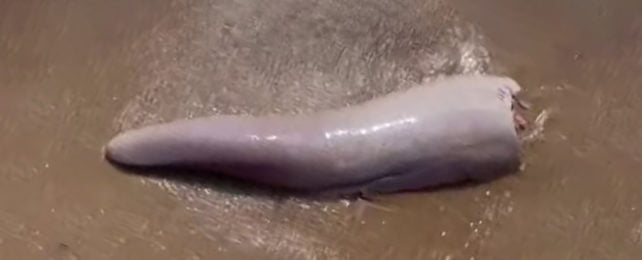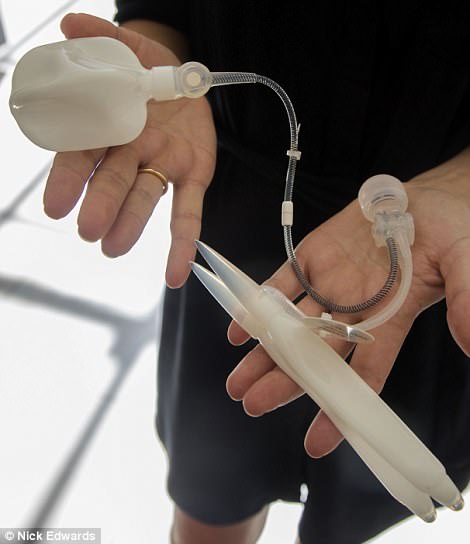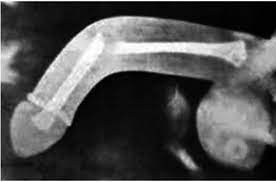A 49-year-old man from New Zealand was unable to urinate for three months after suffering a horrific penile injury when he fell nearly 10 feet onto a fence post. After the three-meter fall, he started bleeding from the end of his member. Doctors discovered that he had a small hole in his urethra that was allowing blood to enter it. He was given an indwelling catheter for months, which forced him to urinate into a bag.
After his unfortunate landing, which put the post between his legs, the 49-year-old began bleeding from the end of his penis.
The impact made it difficult for the man from Auckland, New Zealand, to urinate and left him in agony.
He went to the urology office at Auckland City Clinic, where specialists tracked down his urethra — the cylinder passing pee — was harmed by the fall.Doctors have revealed that a man from Auckland, New Zealand, was left unable to urinate for three months after falling nearly 10 feet onto a fence post and landing on his penis. What is the urethra?
The tube that allows urine to leave the body is called the urethra.
It is a long tube that connects the end of the penis to the bladder in men. Additionally, when a man ejaculates, it carries sperm.
It opens just above the vagina in women, where it is much shorter.
There was a hole in the tube, according to scans, which allowed blood to enter the tract directly from a nearby vein.
In order to allow his urethra to heal, they fitted him with a catheter for three months, causing him to urinate outside of his body into a bag.
He recovered completely, and surgeons eventually removed the catheter, which allowed him to drink normally.
But doctors said he could have died from sepsis if the bacteria in his urine got into his blood.
The grisly injury sustained by the unidentified man was recorded in the medical journal Urology Case Reports.
It did not specify the object from which he fell three meters (9.8 feet), which is the same height as an African bull elephant.
He felt immediate pain from the fall, and he noticed that the blood in his urine had changed the color of his urine.
Urine that has blood in it can turn a reddish, brown, or tea-like color.
He also had bruising on the back of his upper thigh in the perineum, which is the area between the scrotum and anus.
The man went to his local hospital’s urology department, where doctors noticed that his testicles were also painful.They thought he had been hurt to the urethra because they found blood in his urine but no other abnormalities.
To determine the extent of the damage, doctors inserted a small camera into his urethra and discovered a small hole in the tube’s lining.
In the medical literature, only a few similar injuries have been reported.
With the assistance of a catheter to divert the urine, the majority of patients are able to recover by simply allowing the urethra to repair itself.
However, in more serious cases, wound closure necessitates surgery.




